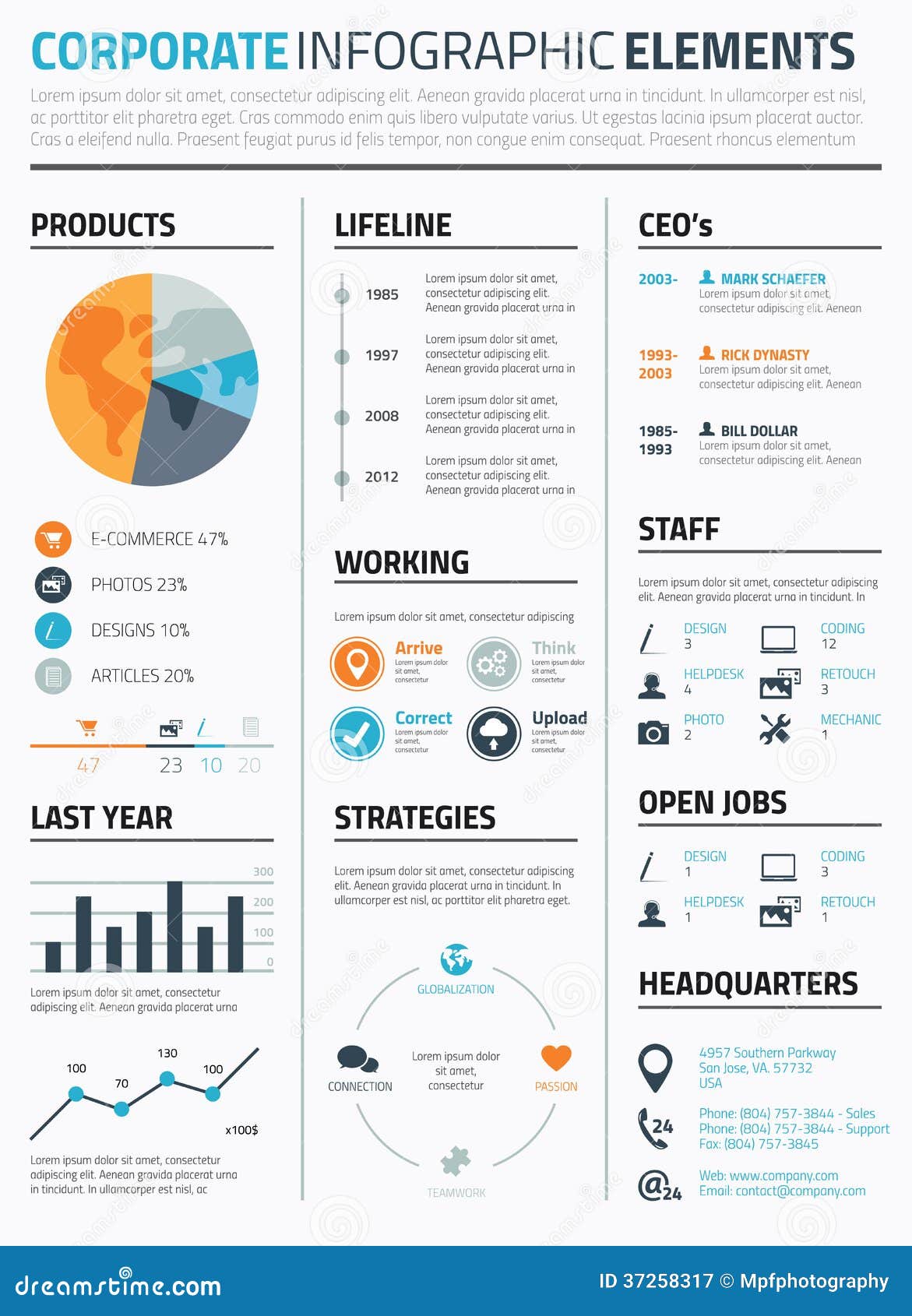
The Structure from Motion (SfM) image analysis technique and three-dimensional point cloud data present exciting new ways to analyze, present, and learn from geological imagery. Through an undergraduate research project, we were able to gain experience with multiple SfM software programs, produce point cloud datasets for two locations, and extract structural information that is comparable to our in situ field measurements. Initially we focused on utilizing a series of free/open source software packages (VisualSFM, Blender, MeshLab, CMPMVS, and CloudCompare) to analyze the collected imagery; however, midway through this project, we switched to the commercial program, Agisoft Photoscan. There are some distinct benefits to switching to the commercial product: 1) software installation was far more straightforward and system dependencies were not an issue, 2) by collapsing all of the analysis into a single program the workflow was far more streamlined, 3) the software performed consistently between different machines, and 4) with fewer technical issues, we were able to focus more time on the geological investigations. At our first location, the classic fold exposures at the Marin Headlands, CA, the abundant bedding plane exposure greatly simplified our procedure.
How To Downgrade Video Card Drivers. Using a Mathematic script, we were able to plot all of the outcrop surface poles on an equal-area projection, fit a great circle to these poles in order to generate a Pi-diagram, and determine a local fold axis. At our second location, just south of Point Arena, CA, the folds are exposed in shoreline cliff faces that required an Unmanned Aerial Vehicle to image. Native Instruments Maschine Expansion Dark Pressure - R2r. The orientation of the imaged cliff dominates the surface orientation data. Philips Mp3 Player Drivers.
Individual bedding orientations had to be manually extracted from the point cloud data and resulting surface, and the poles to these surfaces were then used to construct our Pi-diagram and determine the fold axis orientation. These methods allow our students to generate and analyze data from previously inaccessible areas, while facilitating there understanding of fundamental structural geology concepts and fold analysis techniques. While we have not yet introduced SfM into larger-scale classroom projects, we anticipate scaling up these types of projects into our classroom/laboratory-based activities. © Copyright 2017 The Geological Society of America (GSA), all rights reserved. Permission is hereby granted to the author(s) of this abstract to reproduce and distribute it freely, for noncommercial purposes. Permission is hereby granted to any individual scientist to download a single copy of this electronic file and reproduce up to 20 paper copies for noncommercial purposes advancing science and education, including classroom use, providing all reproductions include the complete content shown here, including the author information. All other forms of reproduction and/or transmittal are prohibited without written permission from GSA Copyright Permissions.